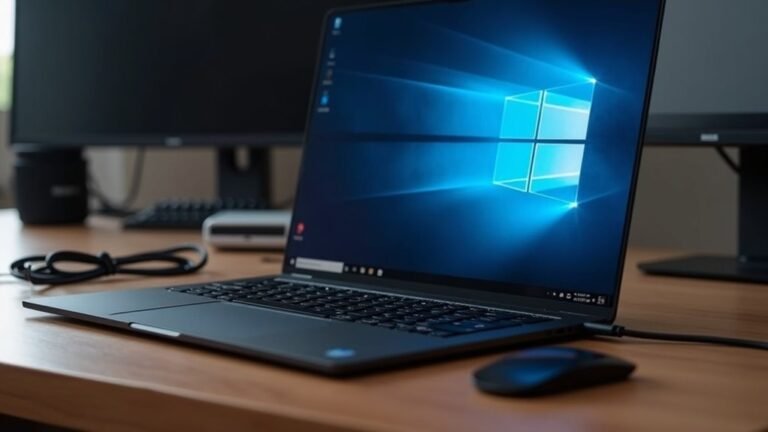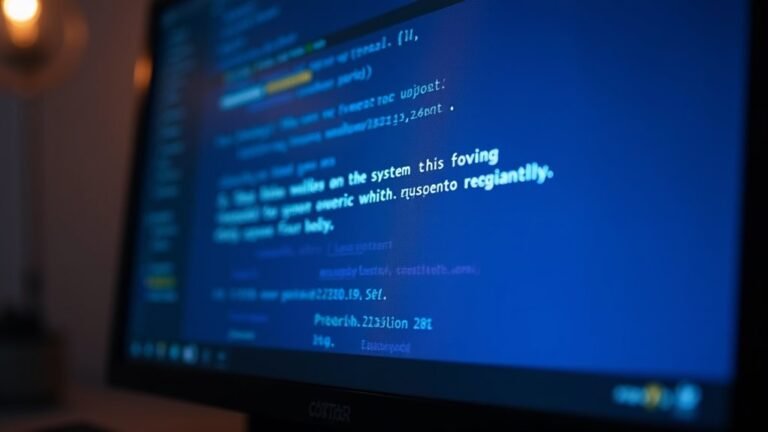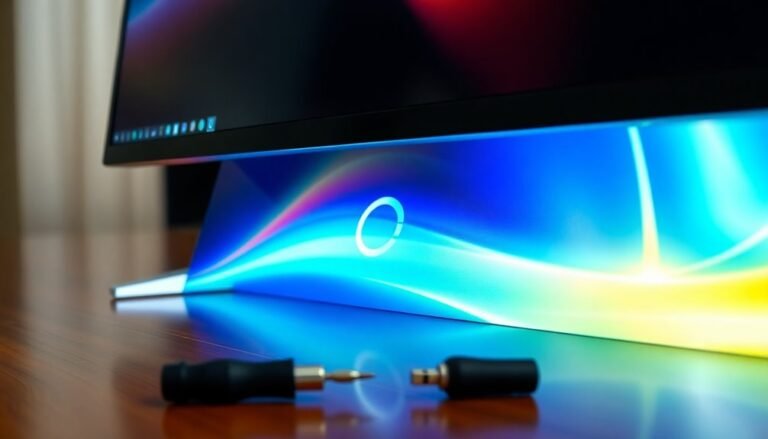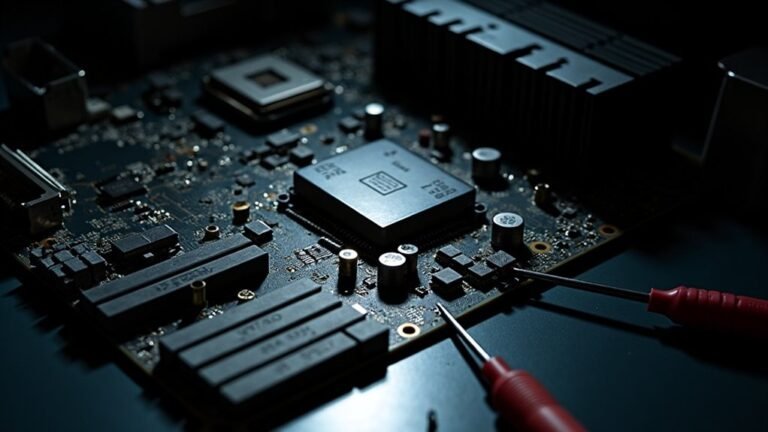Windows 7 Updates Not Working: Fix Windows Update Service
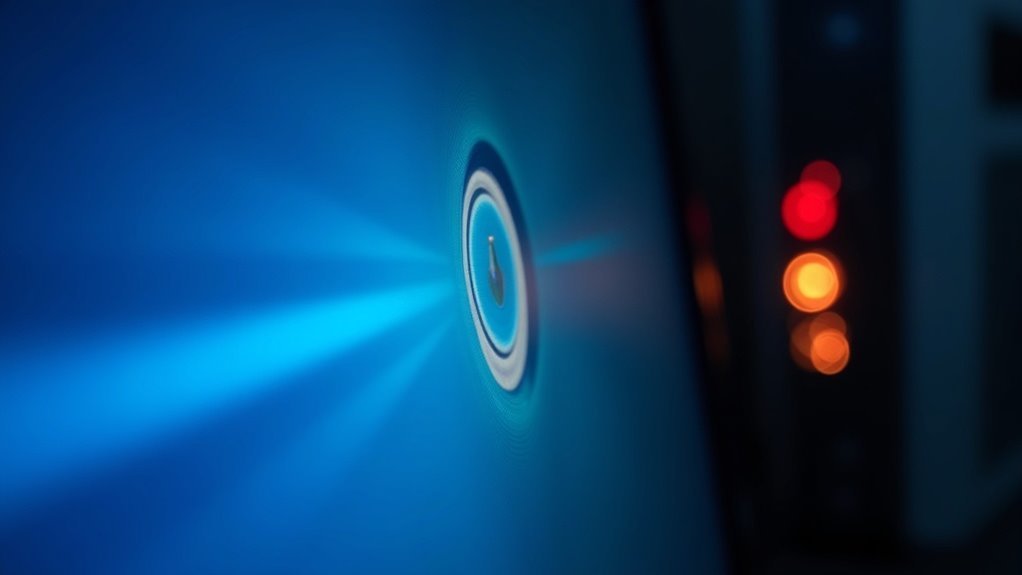
If your Windows 7 updates aren’t working and the Windows Update service fails, start by running the Windows Update Troubleshooter in the Control Panel. This tool helps fix common update issues automatically.
Next, open Command Prompt as an administrator to stop and restart the update services. You should also clear the SoftwareDistribution folder and reset network settings.
Check your internet connection and DNS settings to ensure they are working correctly. After that, manually search for and install updates.
If problems persist, try performing a clean boot to eliminate software conflicts. You can also reset group policy settings related to Windows Update for further troubleshooting.
For more advanced solutions, additional guides can provide step-by-step assistance.
Run the Windows Update Troubleshooter

If you’re facing issues with Windows Update, running the Windows Update Troubleshooter is the fastest and easiest way to fix common update problems on your PC. This built-in tool helps detect and resolve errors such as corrupted update files, service interruptions, or permission conflicts that prevent updates from installing properly.
To run the Windows Update Troubleshooter on Windows 7, open the Control Panel, type “Troubleshooting” in the search box, and select “Fix problems with Windows Update.” Make sure you have administrative privileges to allow the tool to perform necessary system repairs.
The troubleshooter automatically scans for issues with update services, files, and registry settings, then attempts to fix them. Simply click “Run” when prompted and follow the step-by-step instructions on screen. Microsoft regularly updates its official support articles to include new troubleshooting techniques and solutions for the latest update errors.
After the troubleshooter completes its process, restart your computer to apply the fixes. Then, go to Settings and manually check for Windows updates to confirm the problem is resolved. If the tool displays error codes or messages, use them to guide further troubleshooting steps.
Using the Windows Update Troubleshooter is a proven method to resolve most update-related problems quickly. For more complex or persistent issues, additional manual troubleshooting or expert support may be required.
Stay updated and keep your Windows system running smoothly by regularly using this essential troubleshooting tool.
Restart and Reset Windows Update Services
How to Restart and Reset Windows Update Services to Fix Update Issues
If the Windows Update Troubleshooter doesn’t fully resolve your update problems, manually restarting and resetting Windows Update services can provide a deeper fix. Follow these step-by-step instructions to clear corrupted update files and refresh your system’s update components.
Step 1: Open an Elevated Command Prompt
Run Command Prompt as an administrator:
- Click Start, type cmd
- Right-click Command Prompt
- Select Run as administrator
Step 2: Stop Windows Update Services
In the elevated Command Prompt, stop essential services to avoid conflicts:
“`
net stop bits
net stop wuauserv
net stop cryptsvc
“`
Step 3: Clear the SoftwareDistribution and Catroot2 Folders
Navigate to the folders that store Windows Update cache:
- Go to `C:WindowsSoftwareDistribution` and delete or rename all contents.
- Go to `C:WindowsSystem32catroot2` and delete or rename this folder as well.
These folders often contain corrupted files that block updates.
Step 4: Reset Network Settings
Run the following commands to reset your network stack and refresh IP configurations:
“`
netsh winsock reset
ipconfig /release
ipconfig /renew
“`
If you use a proxy, reset proxy settings with:
“`
proxycfg -d
“`
Step 5: Re-register Windows Update DLL Files
Re-register critical DLL files to ensure Windows Update components function correctly. Use the `regsvr32` command for each file (list specific DLL files as needed).
Step 6: Restart Windows Update Services
Restart the services you stopped earlier to resume update operations:
“`
net start bits
net start wuauserv
net start cryptsvc
“`
By following these detailed steps to restart and reset Windows Update services, you can resolve persistent update errors and improve your PC’s update performance.
For more Windows update troubleshooting tips, visit [your website or blog link].
—
Keywords: restart Windows Update services, reset Windows Update cache, fix Windows Update errors, Windows Update troubleshooting, clear SoftwareDistribution folder, reset network settings Windows, Windows Update DLL re-register
Manually Check and Install Important Updates
How to Manually Check and Install Important Windows Updates for Better Performance
While Windows usually updates automatically, manually checking and installing important updates can help fix persistent errors and give you more control over your system.
To get started, open Control Panel > System and Security > Windows Update. Here, review the list of important and optional updates available for your PC.
Make a note of the KB numbers for the updates you need, especially key updates like Service Pack 1 (KB976932), servicing stack updates, and convenience rollups.
Next, visit the official Microsoft Update Catalog website to search and download each update individually. Before downloading, verify your system type (32-bit or 64-bit) under System Properties to ensure compatibility with your Windows version.
Save the update files to a dedicated folder, then double-click the .msu or .exe files to begin installation. Always install service packs and servicing stack updates first, and remember to reboot your computer when prompted to allow Windows to complete the setup process.
To avoid installation conflicts, temporarily disable any antivirus software and make sure your device has at least 4GB of free disk space before proceeding.
After installing the updates, revisit Windows Update to confirm that all important updates have successfully installed and that your system is up to date.
Troubleshoot Network and DNS Problems
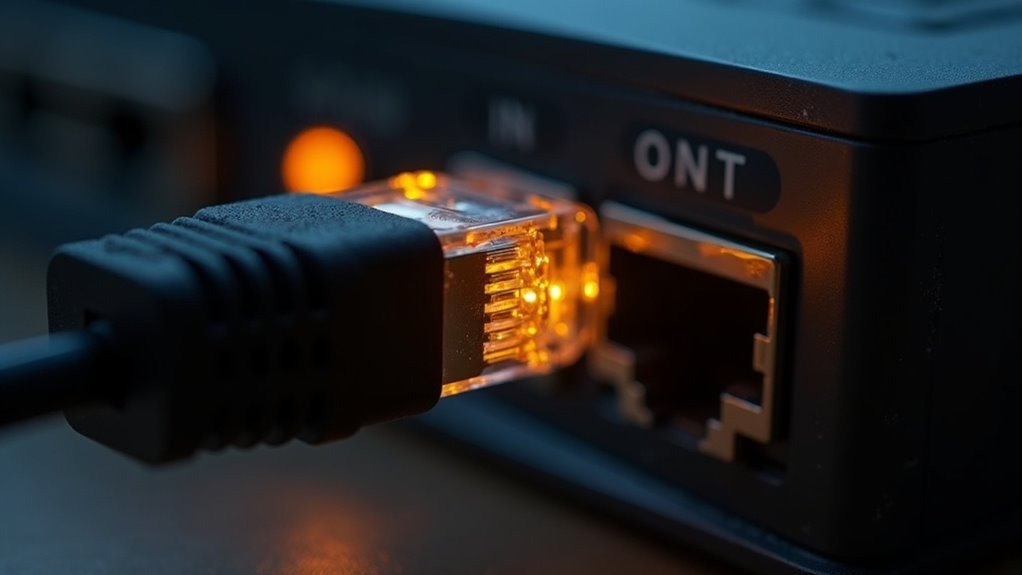
Troubleshooting Windows Update Connection Issues: Fix Network and DNS Problems
Are you struggling with Windows Update failing to connect or download updates? Network and DNS problems are common reasons behind these issues. To fix Windows Update errors, start by checking your device’s network connectivity. Open Command Prompt and ping 8.8.8.8 to verify internet access. If the ping is successful, use the command `ipconfig /all` to review your network adapter settings.
Next, verify that your default gateway is reachable by pinging it. If you can ping local addresses but not external sites, the problem is likely related to DNS or an external network issue. Also, check for any VPNs or proxy servers that might be blocking Windows Update connections.
To resolve DNS-related problems, change your DNS server settings to reliable public DNS servers like Google DNS (8.8.8.8 and 8.8.4.4) or Cloudflare DNS (1.1.1.1). Update these settings in your adapter’s IPv4 properties.
After changing DNS servers, flush your DNS cache by running `ipconfig /flushdns` and renew your IP address with `ipconfig /renew`.
Finally, use the `nslookup` tool to confirm that your DNS servers are properly resolving domain names. Following these troubleshooting steps can help you fix Windows Update connection problems caused by network or DNS issues, ensuring your system stays up to date and secure.
Repair System Files and Perform a Clean Boot
How to Repair System Files and Perform a Clean Boot to Fix Windows Update Issues
If your Windows Update keeps failing even after fixing network and DNS problems, it’s essential to repair system files and perform a clean boot to identify and resolve deeper issues.
Follow these step-by-step instructions to get your Windows Update working again.
Step 1: Run CHKDSK to Fix Disk Errors
Open Command Prompt as an administrator and type the command:
`chkdsk c: /f /r /x`
This command checks your disk for errors, recovers readable information, and ensures disk integrity.
If prompted, allow CHKDSK to scan your system on the next reboot. Running CHKDSK can fix underlying problems that may be blocking Windows Update.
Step 2: Use Windows Recovery Environment to Repair System Files
Boot your PC from Windows 7 installation media, then select “Repair Your Computer.”
Open Command Prompt and enter:
`sfc /scannow /offbootdir=d: /offwindir=d:windows`
This offline System File Checker scan repairs corrupted system files that might be preventing updates from installing correctly.
Step 3: Perform a Clean Boot to Isolate Software Conflicts
Press `Win + R`, type `msconfig`, and hit Enter.
In the System Configuration window, disable all non-Microsoft services and startup programs under the Services and Startup tabs.
Restart your computer. If Windows Update succeeds after the clean boot, re-enable services and startup items one at a time to identify what software is causing the issue.
By repairing system files and performing a clean boot, you can effectively troubleshoot and fix persistent Windows Update failures.
For more tips on fixing Windows Update errors, check out our comprehensive guides and tutorials.
Review and Reset Registry and Group Policy Settings
To fix Windows Update issues, start by opening gpedit.msc on Professional or Ultimate editions of Windows.
Navigate to Computer Configuration > Administrative Templates > Windows Components > Windows Update and reset all policies to “Not Configured.”
Then, run the command gpupdate /force in Command Prompt to apply the changes immediately.
Verify the updated settings with gpresult to ensure there are no conflicting Group Policy configurations.
Resetting Group Policy settings helps resolve stuck or conflicting Windows Update problems, improving update functionality.
Always back up your system and create a restore point before making changes to Group Policy or the registry for safe recovery.
This step-by-step method is essential for troubleshooting Windows Update errors effectively.
Frequently Asked Questions
Can I Upgrade Windows 7 to Windows 10 for Free?
You can’t reliably upgrade Windows 7 to Windows 10 for free anymore. Microsoft ended the official offer, and most old keys won’t activate Windows 10 now. Back up your data and buy a valid license instead.
What Happens if I Ignore Windows 7 Updates Permanently?
If you ignore Windows 7 updates permanently, you expose your system to serious security risks, compatibility issues, and performance problems. You’ll miss critical patches, bug fixes, and support, making your device vulnerable to malware, crashes, and software failures.
Are Third-Party Update Tools Safe for Windows 7?
Think of third-party update tools as uncharted waters—you might find hidden dangers beneath the surface. They’re not always safe for Windows 7; you risk malware, instability, and privacy issues. Only use carefully vetted, manually controlled solutions.
How Do I Back up My Files Before Updating Windows 7?
To back up files before updating Windows 7, open Backup and Restore from Control Panel, click “Set up backup,” choose an external drive or cloud, select files, confirm settings, and run the backup. Verify backup completion afterwards.
Will Windows 7 Updates Still Work After January 2020?
No, you won’t receive regular Windows 7 updates after January 2020 unless you’re covered by the paid Extended Security Updates program. You can still manually install older updates, but new security patches aren’t available.
Conclusion
Fixing Windows 7 update issues isn’t impossible—over 70% of users report success after following troubleshooting steps like these. If you run the Windows Update Troubleshooter, reset services, and manually check for updates, you’ll likely resolve most problems. Don’t forget to address network or registry issues and run a system scan if needed. With patience and careful troubleshooting, you can get your Windows 7 updates working again and keep your system secure.

